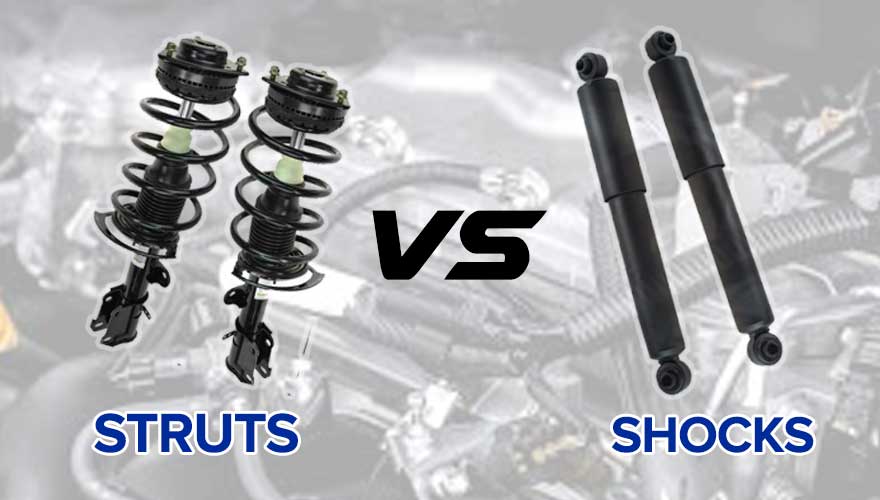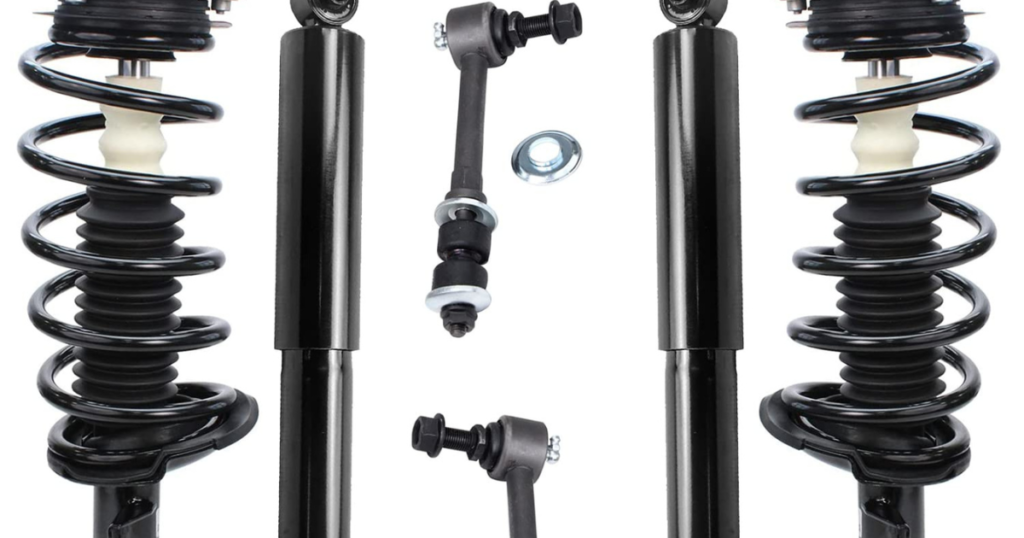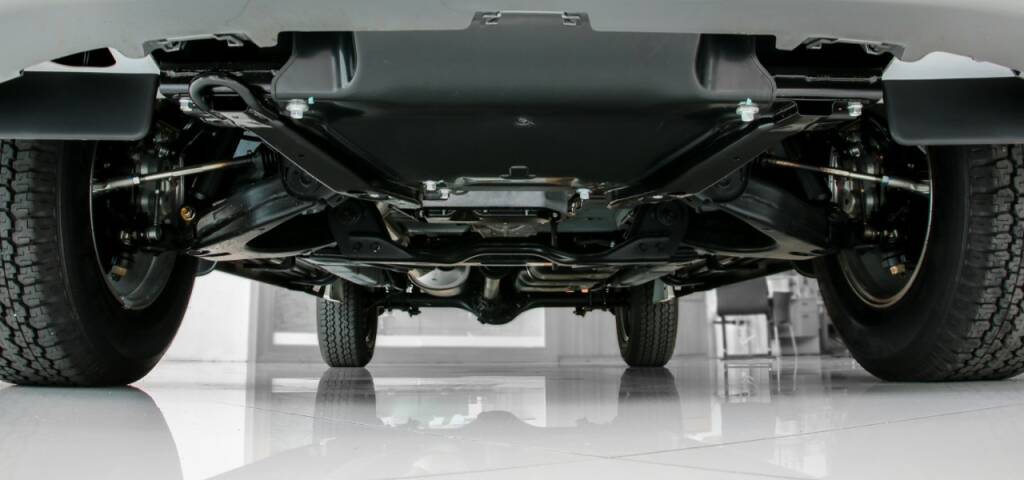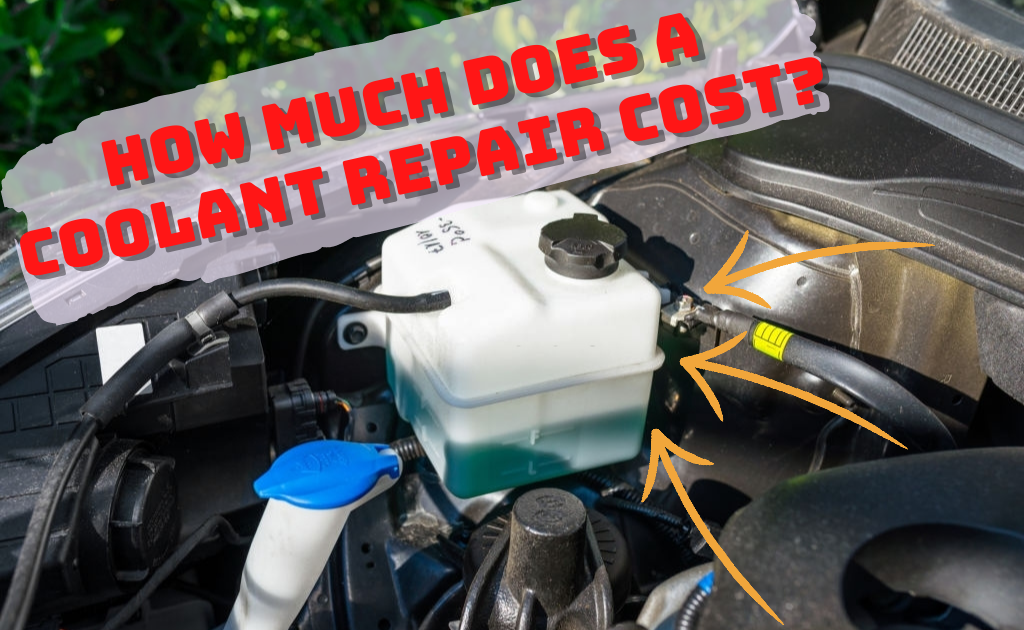
How much does it typically cost to repair shocks and struts? When and why should you replace your car’s shocks and struts? Here is the whole manual.
Vehicles are equipped with shocks and struts to smooth the ride over bumps and potholes. They help keep your vehicle steady as you maneuver. Some vehicles have struts instead of shock absorbers, while others utilize a hybrid system. The typical lifespan of a shock or strut is 50,000 to 100,000 kilometers.
In this article, we assess the factors influencing the net replacement cost and explain how long struts should typically endure before needing replacement. We also discuss the warning indications that indicate that the struts are worn out and analyze whether or not it is safe to drive with worn-out struts.
The Distinction Between a Strut and a Shock
Struts and shocks are frequently used interchangeably in everyday conversation. Even though they provide similar functions, these two suspension parts couldn’t be more different. You’ll need both to enhance your car’s handling and ride quality, but they do it differently.
The shock is a free-floating suspension member, while the strut is integral to the chassis and also helps to support the suspension. A strut, as opposed to a shock absorber, bears the vehicle’s load. In contrast, shocks are employed to dampen suspension movement.

Struts, on the other hand, act as a damper yet are essential to the building’s overall integrity. The struts are utilized in place of the upper control arm and upper ball joint in conventional suspension systems. This component is bulkier and roomier storage is required than shock absorbers. The strut’s interior structure is comparable to the shock, providing a dampening effect. Even so, it’s sturdy enough to hold the tire and the spring in place. The strut supports most of the lateral weight on the suspension.
How Much Does It Cost To Replace A Strut?
If you need to repair both struts on your vehicle, expect to pay between $600 and $1200. Front struts can be more expensive to replace than rear struts, although the price difference is negligible in most situations. The cost of the parts may be less than $500, with the remainder going for labor.
What is the Cost of Replacing a Shock?
Similar to struts, shocks are best replaced in pairs. Shocks are often less intricate than struts. Thus, the cost to replace them will be slightly less than that of struts.
An average set of shocks will cost between $250 and $580 to replace. A single shock absorber will cost between $50 and $140. An extra $150-$300 is needed to cover the cost of two hours of labor to complete the task.
Factors Influencing Strut & Shock Replacement Cost
1. Vehicle Model/Make
When you buy new car parts, the price will depend on the type of car you drive. Many tiny automobiles often feature lower-cost parts compared to giant trucks and SUVs.
There are a few exceptions to this rule, though. For instance, you might have to pay more to purchase the components you want if your car is a luxury or rare model.
2. Type / Brand
A wide selection of brands is available, including more economically sensible choices. You may save money in the short term by going for a less expensive aftermarket brand, but this comes with the risk that they won’t last as long as you’d want.

Instead, go for original equipment manufacturer (OEM) struts or a high-performance aftermarket alternative. Although Bilstein, Monroe, or KYB struts are more expensive, they will last considerably longer and provide a smoother ride. For your safety, some manufacturers also provide warranty protection.
3. Do-It-Yourself vs Expert
Replacing your strut & shock yourself is the most cost-effective option. This is not a job for a beginner since it might be challenging. The cost of labor to install new struts at a repair shop might also vary widely. Local repair shops are often more cost-effective than dealerships. Still, you should ensure the mechanic is reliable and stands behind their repairs with a warranty.
4. Added Support
When struts fail, replacing more than just the struts may be necessary; depending on the level of wear, you might also need to replace the strut mounts and springs. Those two things will drive up your overall expenditures.
Furthermore, any competent technician strongly suggests a wheel alignment after replacing the struts. It might cost an extra $35 to $100 for a two-wheel alignment and possibly more for a four-wheel alignment.
Advice from a Mechanic on Replacing the Struts & Shock
- While replacing struts and shocks, it is always a good idea to replace the top strut mount, top mount bearing, and coil springs as a unit. Instead of spending less time and money fixing the coil spring, you may save money by just replacing the shock.
- Furthermore, if the sway bar link is connected to the strut, you should replace it. These are difficult to remove and can become damaged in the process. They tend to break down frequently, so it’s best to get a replacement as soon as possible.
- Be extremely cautious while handling the coil spring; doing so without the proper training and equipment poses a significant risk of bodily harm.
- If you want everything to go back together smoothly, you should grease the bolts first. Later on, you’ll be glad you did this.
- Wheel alignments are highly recommended following any suspension maintenance, including strut replacement. Alternatively, your tires may wear out rapidly, affecting your vehicle’s control.
5 Symptoms Of a Bad Strut & Shock?
1. An Oil Spill
When everything functions as it should, the hydraulic fluid inside your car’s struts won’t leak out. Bad struts can cause oil to seep from the casing, a sure sign that something is wrong.
Seals wear out over time, which causes oil to leak. Oil tends to collect on the exterior of the strut rather than falling to the ground. Check for an oily buildup by feeling the strut to see if it leaks.
2. Lack of Uniform Tire Wear
Damaged struts affect how the tires interact with the road. The tread might wear unevenly if the tires no longer make full contact with the road. Tires with worn struts may have a ‘cupped’ appearance.
As a result of this cupping, the tread has several different low and high points. As the tires roll up and down on the road, this happens. Not replacing worn struts might lead to the need for new tires, which can significantly increase the total cost of repairs.
3. Reduction in Efficiency
In addition, various performance decreases will become apparent in the convenience factor. Vehicles with worn struts may squat or dip during acceleration or braking. As you switch places, you could even start to lean. The steering will become less precise as the strut bearing wears.
When this happens, turning can be challenging, and the sensation of responsiveness might decrease. Any time your vehicle’s handling or steering ability is compromised, you increase your risk of an accident.
4. A Bumpier Ride
The struts in your car’s suspension work to absorb the shock of bumps on the road. Thus, if the struts aren’t up to par, your level of discomfort will rise. You will become more aware of the shifts when traveling over bumps or other road imperfections.
If left unchecked, the deterioration of the struts will reach a point where they will bottom out. The spring has reached its limit of compression and has broken.
5. Freaky Sounds
Struts may begin to create noise as they deteriorate. You can’t count on it, but there’s a chance you’ll hear a pounding or hollow clunking noise, especially when traveling over bumps.
It’s possible to detect sounds when you move the wheel due to the connection between the front struts and the steering knuckle. When you turn, the car may make more noises like cracking and clunking than usual.
FAQs
When and How to Test Shock Absorbers?
Drive up and down hills and then stop abruptly to evaluate the performance of your shocks. Effective shocks stop the motion of the automobile. You need to get new shocks for your vehicle if it has a persistent bouncing problem.
Can I Replace the Shock Absorbers Separately, or Do I Need to Replace the Entire Strut Assembly?
A vehicle’s struts and shocks are two separate parts. Both dampers contribute to the vehicle’s suspension; however, the front struts also assist with directional control. If the front of your car has struts and the back has shocked, you may get rid of either one without affecting the other. On the other hand, driving a car with a combination of old and new dampers might be problematic.
How to Run Struts Tests?
During a road test, worn struts can be identified by their symptoms, which include shaking, rattling, and nosedives.
How Frequently Should Struts Be Replaced?
Struts aren’t routinely changed. After 25,000 miles, check the suspension for wear. Struts should be replaced every 50,000 to 100,000 miles. If you drive aggressively or on challenging roads, your struts will wear out faster. These concerns induce suspension wear.

Struts often need replacing anywhere from 50,000 to 100,000 miles after they’ve been installed. On the other hand, the struts may wear out faster if you drive aggressively or on the roads.
Is Driving with Damaged Struts Safe?
Many people put off fixing broken struts because they want to save money. For various reasons, we strongly advise that you acquire a replacement as soon as possible.
What Happens if the Struts are Not Replaced?
If you keep driving around knowing that your struts are worn out, your car’s handling will deteriorate to the point that Worn struts can cause road. Worn struts can cause vehicle failure at highway speeds.
Is it Necessary to Replace all 4 Struts at Once?
No, it is not necessary to use all four struts simultaneously. It is recommended, but not compulsory, to repair both struts attached to the same axle due to the high cost of doing so. Changing even just one will affect how your car handles.
How Much Time is Required to Replace Struts?
Depending on the vehicle’s make, model, and age, a strut replacement might take anywhere from one to three hours. However, replacing a strut is not simple and might take a novice mechanic many hours, depending on the vehicle.
How to Prolong Shocks and Struts?
You may extend the life of your shocks and struts in many ways. First, avoid bumps and potholes. Second, have a mechanic check your suspension periodically. This helps uncover problems before they harm your shocks or struts.
How Do Shocks and Struts React to Wheel Alignment?

Wheel alignment impacts shocks and struts. Misaligned wheels strain the suspension and can prematurely wear down shocks and struts. If you observe unusual shock or strut wear, get your wheels aligned.
What is the Distinction Between Shock Absorbers and Struts?
Shocks and struts have various uses. Shocks absorb bumps while struts straighten the wheels. Both are necessary for suspension operation.
Are Repairs Possible on Strut Shafts?
In a single word, yeah. It is possible to repair the strut shafts. However, replacing the strut assembly is more cost-effective than purchasing separate pieces.
Conclusion
Shock absorbers and struts are important parts of your car that help it drive smoothly and absorb the shocks from uneven surfaces and potholes. Although shocks and struts are sometimes used interchangeably, it’s crucial to distinguish between them since they serve different purposes and have different costs.
Struts function similarly to shocks but assist with steering and structurally support the suspension. As a result, replacing a strut typically necessitates wheel alignment, as opposed to replacing a shock.
Your shocks or struts may need to be replaced if your automobile starts acting abnormally, such as by trembling, swerving while braking, or tilting in the wind.
When planning how much money you’ll need to replace your struts, don’t include the cost of any ancillary repairs, such as strut mounts, coil springs, a wheel alignment, or new tires. Before arranging any repairs, get an exact quotation from your reliable technician.




